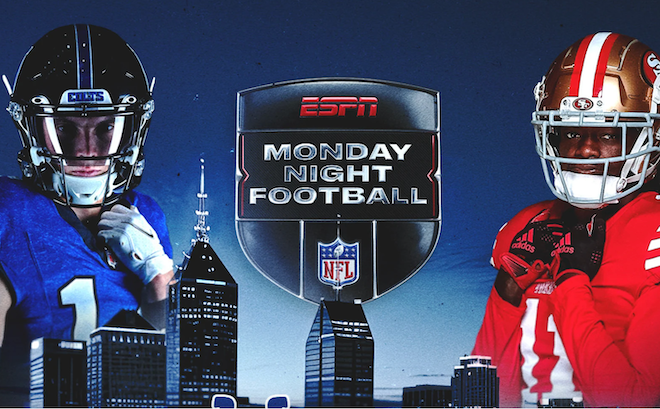Regardless of industry, the bar for success in online marketing rises higher each year as marketers get more sophisticated. Ten years ago, just participating in search or affiliate marketing practically guaranteed success, but years of evolution has led to today’s tight, efficient, sophisticated campaigns. With 2010 looming, marketers should consider better integrating their paid search, natural search, display and social media campaigns to find the next competitive advantage.
Realigning to adopt a more universal approach to online brand management like this in 2010 can position marketers to better control search engine results pages (SERP), which can create a windfall of marketer benefits, including:
· Improved online brand management and competitive positioning
· Better collection of more reliable cross-channel data
· More efficient and dynamic media buying decisions
Today, search results incorporate news, maps, videos, blogs, tweets, images, product reviews and even audio clips. This means marketers can control more aspects of search results for brand queries by leveraging online assets beyond their brand’s native site. It helps to think about a brand’s online assets across three buckets: owned, earned and paid media.
Owned content
A brand’s native Web site can only achieve two search results per query in natural listings. This leaves eight first-page results (in addition to news, images, maps, etc.) open. A significant social media presence gives brands the opportunity to control more search page content. Brands can use their Facebook, Twitter, MySpace, Linked In, YouTube, Flicker and other owned social content to take up more valuable search result real estate, better engage consumers, stifle competitors’ listings and improve reputation management.
The growing role of local content like maps, phone numbers and addresses can also help marketers dominate search results. SEO teams should ensure search engines can find this information, because the easier consumers can find a brand, especially on mobile devices, the easier it is for them to shop for that brand by visiting a store.
Earned content
As the name suggests, marketers must work for earned content. It includes user-generated content (UGC) like tweets, YouTube videos, blogs, news and images. Since earned content belongs to consumers, it can be difficult to control and can create reputation management issues. A Google search for “Comcast,” for example, shows a first-page YouTube video of a Comcast technician sleeping on a customer’s couch.
Brands can leverage positive earned content by using SEO tactics to boost its visibility and suppress unflattering videos, images, news stories and other listings. Social listening tools can also help by identifying negative social media chatter. The negative chatter can fuel product or service changes and/or prompt marketers to contact disgruntled consumers before they create negative content.
Positive earned content is one of the best ways to influence consumer opinions about a brand and grow sales. To spur the creation of more positive earned content, marketers should identify positive social chatter to locate brand evangelists and influencers, court them with special offers and incentivize them to spread their love of the brand.
Paid content
Traditional text-based paid search ads can contribute to search result page domination, but new emerging paid content opportunities give marketers the option to do more, including Yahoo Rich Ads in Search and Google Ad Sitelinks. Google Ad Sitelinks provide links under the traditional paid search ad to highlight deep site content and bring consumers directly where they want to go. Yahoo Rich Ads in Search allow advertisers to buy top position with a flat monthly fee for an ad that includes text and multimedia (video, pictures, expanded functionality).
A more universal approach to online brand management will help brands dominate search results pages and achieve more in 2010. CMOs can check with teams about owned, earned and paid media and encourage integrated, proactive management of these three buckets as a starting point.
Michael Kahn (michael.kahn@performics.com) is senior vice president, marketing at Performics and a monthly contributor to Chief Marketer.



